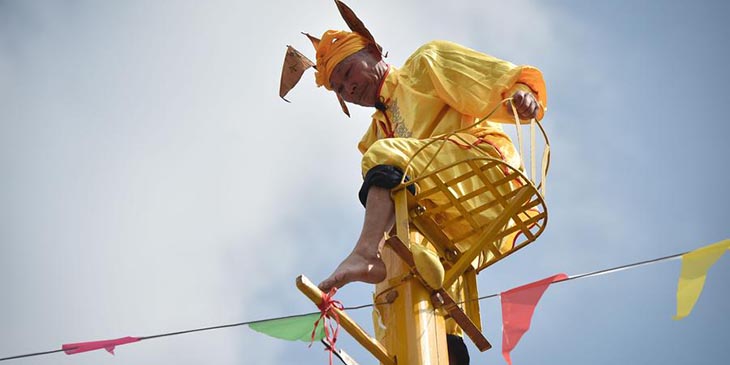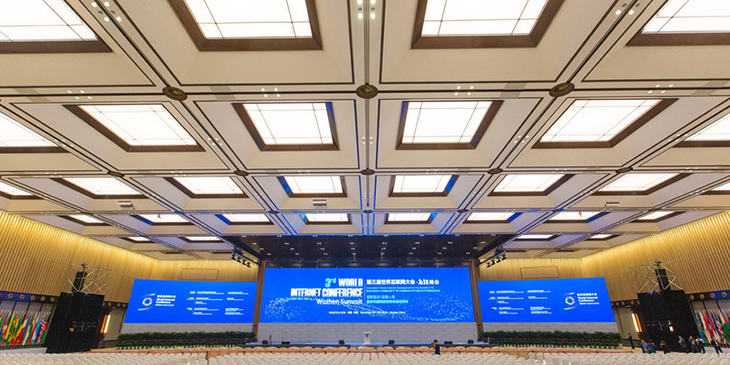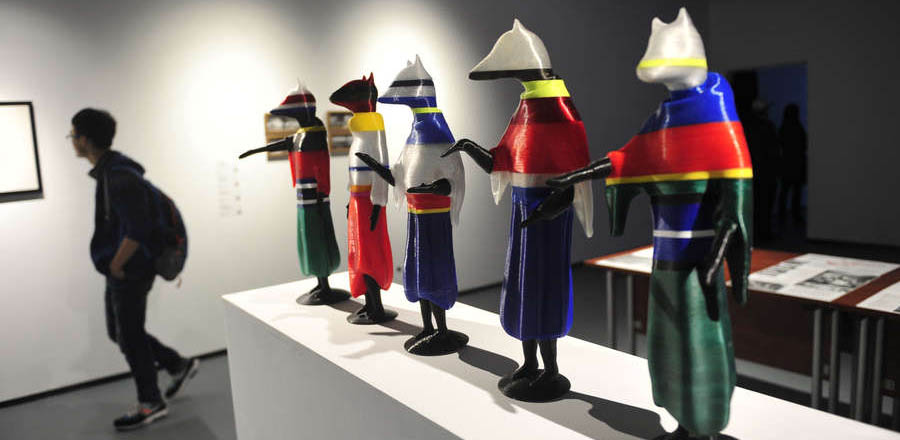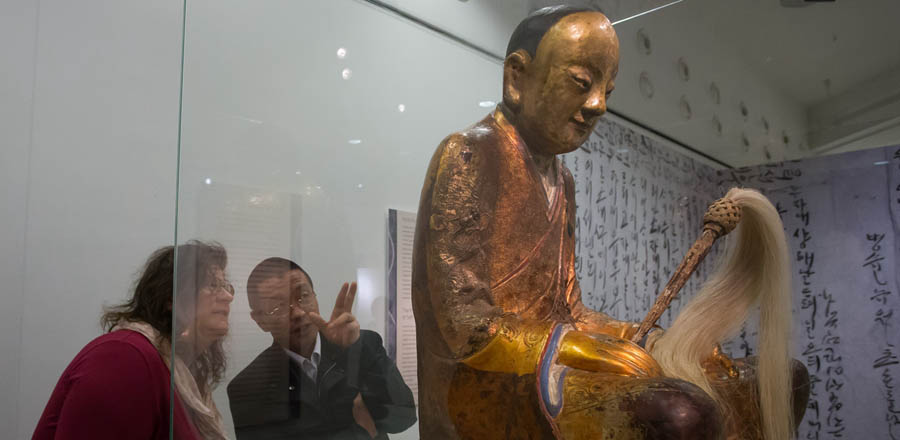
The Metropolitan Museum of Art announced in New York on Tuesday that it's hosting in the coming April a major exhibition on ancient Chinese artifacts and art works dating back nearly 2,000 years.
The exhibition, named "Age of Empires: Chinese Art of the Qin and Han Dynasties (221 B.C.-A.D.220)," features more than 160 rare pieces of art loaned from 31 museums and archaeological institutions in China, said Thomas Campbell, the Met's director, at a press briefing.
Among the exhibits are the world famous terra-cotta warriors from the Qin Dynasty (221 B.C.-206 B.C.), or life-sized clay soldiers buried with the emperor to guard him in the afterlife, and a jade suit sewn with gold thread, the luxurious burial clothing for the royals of the Han Dynasty (206 B.C.-220 A.D.).
Though short-lived, Qin was the first Chinese feudal dynasty that achieved national unification. The succeeding Han Dynasty built a great Eastern empire as powerful and influential as its Western peer of almost the same era, the Roman Empire.
"People in the West know much about the Roman civilization and its profound impact on the Western civilization, but their knowledge about the great Han civilization is far from enough," said Maxwell Hearn, the Met Curator of Asian Art.
He believes that the upcoming exhibition, which kicks off on April 3, 2017, will greatly appeal to the art lovers worldwide, and also help people examine ancient China's relationship with the outside world.
According to the Met, most of the works to be put on display, including "extremely rare" ceramics, metalwork, textiles, sculpture, painting, calligraphy and architectural models, have never before been seen in the West.
Over the past decades, the Met has developed a very close relationship of cooperation and exchange with Chinese museums, hosting joint exhibitions and supporting each other in loan exhibitions, Hearn told Xinhua.
Meanwhile, the number of Chinese visitors to the New York-based museum has kept rising over the years. Last year the Met received nearly 300,000 Chinese visitors, one of the largest sources of foreign visitorship for the 146-year-old museum.








